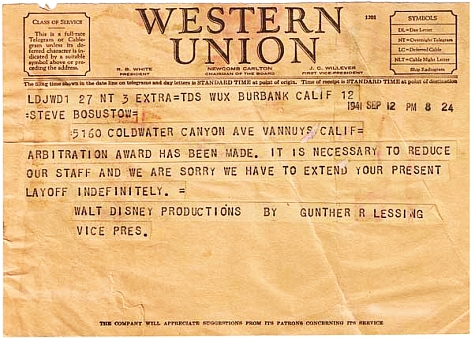Managing recession: IT failures and layoffs


If recession hits, organizations will put failing projects under the microscope, making layoffs likely. If you're an IT manager, there are several issues to consider when deciding which project and personnel to release. Once you've made these decisions, it's important to conduct layoffs compassionately.
The first step toward IT project downsizing is deciding which projects are most valuable to the organization. For both political and practical reasons, this can be a tricky decision. On the political side, one man's failure can be another man's pet project; I once witnessed a CEO accuse his key vice president of "meddling," when the junior person suggested terminating an obvious project failure. That company didn't last long.
More typically, failure lives in shades of gray, and choosing the worst projects among a mediocre group can be tough. Management coach, Johanna Rothman, suggests the following approach to establish priorities:You'll have to make choices about project and process value, as well as personnel. First, take a good, long look at your project portfolio. Ax the projects that aren't utterly necessary, but remember to ask senior management about their current priorities. In down times, priorities change quickly, and communication must keep pace. Often, the people who are forgotten are those with projects that used to be urgent—but aren't now. So, schedule a review of all of your projects and your staff before you make any decisions.
Once you've made the difficult decisions regarding which projects and people to cut, conducting a layoff may be next. Here are six excellent tips from Lisa Guerin, an author specializing in employment law:
- Involve the top brass. Layoffs are a major event and should be handled by top company executives.
- Give advance notice. A federal law, the Workers Adjustment and Retraining Notification Act (WARN), requires larger employers to give workers 60 days’ notice before a plant closing or mass layoff.
- Don't lay off workers in a group. Whenever possible, take the time to inform workers individually that they will be laid off. Make it a confidential meeting, allow enough time to answer the worker’s questions, and give any necessary information.
- Explain the decision. Tell the worker why layoffs were necessary -- and why he or she was chosen to be laid off.
- Be gracious. Express your gratitude for the worker’s contributions -- and your sympathy about the termination.
- Discuss what will happen next. If the company will offer severance, explain the package. Tell the worker when his or her last day will be and what will happen in the meantime.
Of course, if you work in IT, take whatever steps you can to avoid being laid off. Steve Romero, an IT governance evangelist for CA, shared good advice in a talkback to yesterday's post on IT layoffs:
It is easy to get complacent about our professional lives and the positions we hold. I have always advised people in my organizations to keep their resumes updated and their skills and competencies current. I even suggest they go on a job interview at least once a year - to keep job-hunting skills fresh as well.
Downsizing is tough for everyone, most particularly those asked to leave. Although this difficulty can't easily be overcome, thoughtful planning can at least help everyone involved make better decisions during very hard times.
[Image via Adam Abraham, who says, "All the 1941 Disney Strike organizers apparently got one of these pleasant notices."]